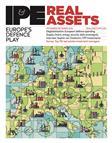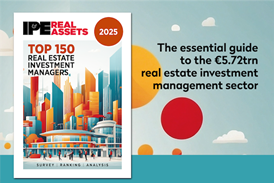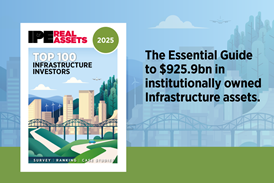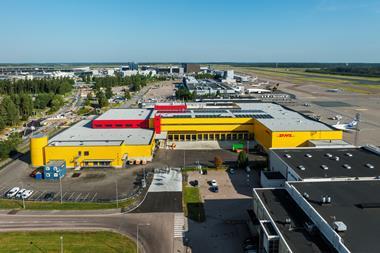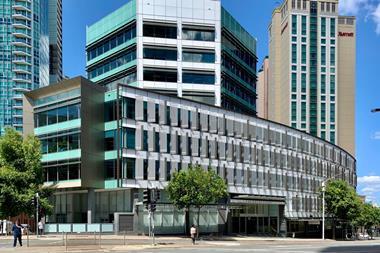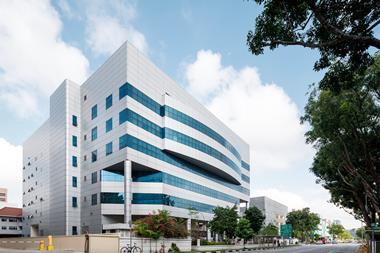China’s rapidly growing real estate investment trust (REIT) market was providing liquidity to the country’s otherwise frozen property market and could one day rival more established REIT markets around the world, delegates heard at the APREA Leaders Congress in Singapore.
Over the past four years, 75 real estate investment trusts were listed on Chinese stock exchanges, making it the most active REIT market in Asia-Pacific. The Chinese REIT market is now capitalised at US$31.3bn (€27bn), surpassing the long-established Hong Kong market (US$19bn) and making it the fourth-biggest in Asia-Pacfic after Australia (US$130bn), Japan (US$112bn) and Singapore (US$83bn).
APREA chairman John Lim told journalists that liquidity remained a problem in China’s depressed property market and REITs enabled Chinese companies to list some of their quality assets.
Last week, Singapore-based CapitaLand listed its first REIT – CapitaLand Commercial C-REIT, which owns two Chinese shopping centres – on the Shanghai Stock Exchange.
Despite the flurry of initial public offerings, Lim said most Chinese REITs were small to medium-sized. In sheer number, China had become the largest market, he said, adding that, given the size of the Chinese commercial real estate, Chinese REIT market capitalisation could potentially rival that of the US REIT market, which currently stands at about US$1.3trn.
Chinese authorities have broadened the scope of assets from infrastructure and logistics to include retail, often held in company balance sheets, to generate liquidity in the frozen Chinese property market. But Lim said regulators had imposed stringent conditions on the type and quality of assets that could be floated, because of concerns that failures could disrupt the nascent market.
Sigrid Zialcita, CEO of APREA, said there was an expectation in China that the authorities could widen the range of assets that could be packaged into REITs. She told IPE Real Assets that there were suggestions that hotels would be the next sector to be included. China’s deep hotel market is currently enjoying a boom in domestic tourism.
The expansion of the China-HK Stock Connect initiative – which would allow people outside China to buy and trade Chinese shares – to include Hong Kong and China-listed REITs would greatly expand the investor base and trading liquidity of REITs listed in both economies, she added.
In 2025, Chinese REIT IPOs raised a total of US$4.9bn, the lion’s share of the US$7.6bn raised in Asia-Pacific. Zialcita said REIT IPOs in Asia-Pacific rebounded in 2025 and the pace was expected to accelerate in 2026 given a long pipeline of floats waiting official approvals to list and move structural reforms and market innovations.
The current crop of listings in the region is dominated by alternative assets, led by data centres and the living sector.
Singapore’s two largest listings in recent times were the NTT Data Centres REIT and Centurion REIT, an accommodation vehicle, both heavily oversubscribed many times.
Returns on Asia-Pacific REITs, with a collective market capitalisation of US$430bn, averaged 15.8% year-to-date, according to the GPR/APREA REIT Composite Index. Hong Kong emerged as the top performer with 25.4% returns year-to-date. In comparison, US REITs have lagged most of the region’s REITs, with returns at 4.6%.

